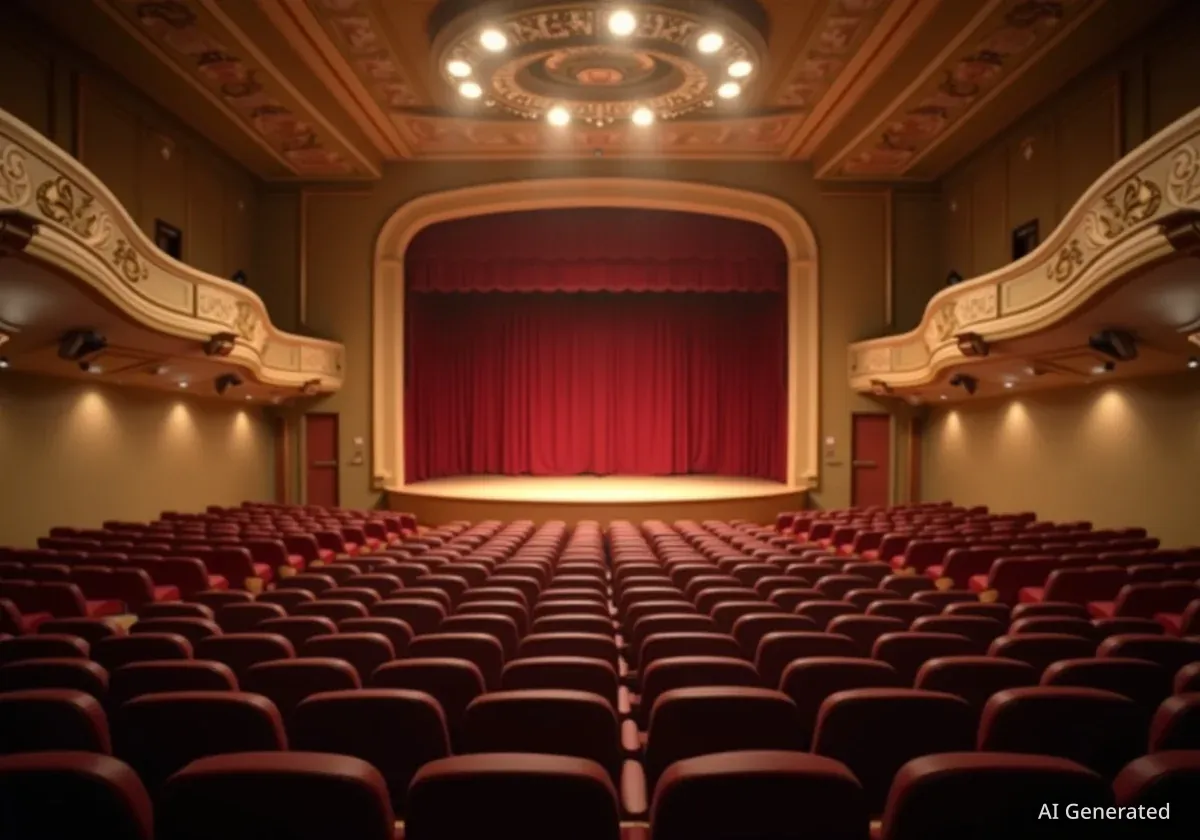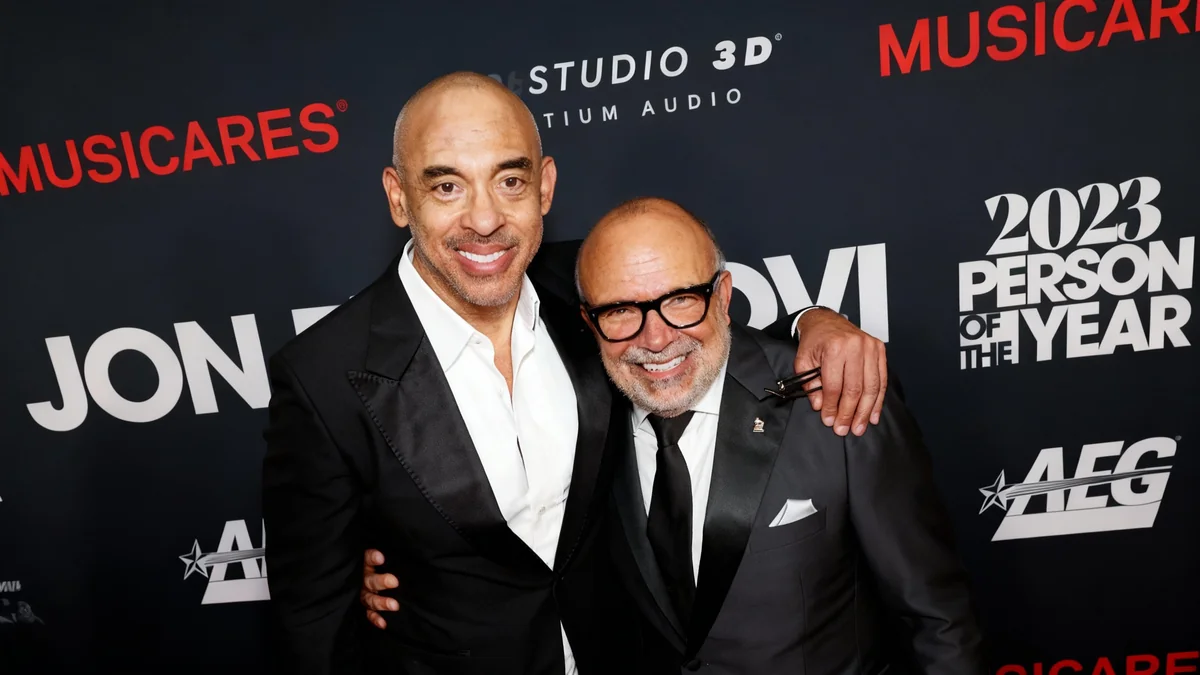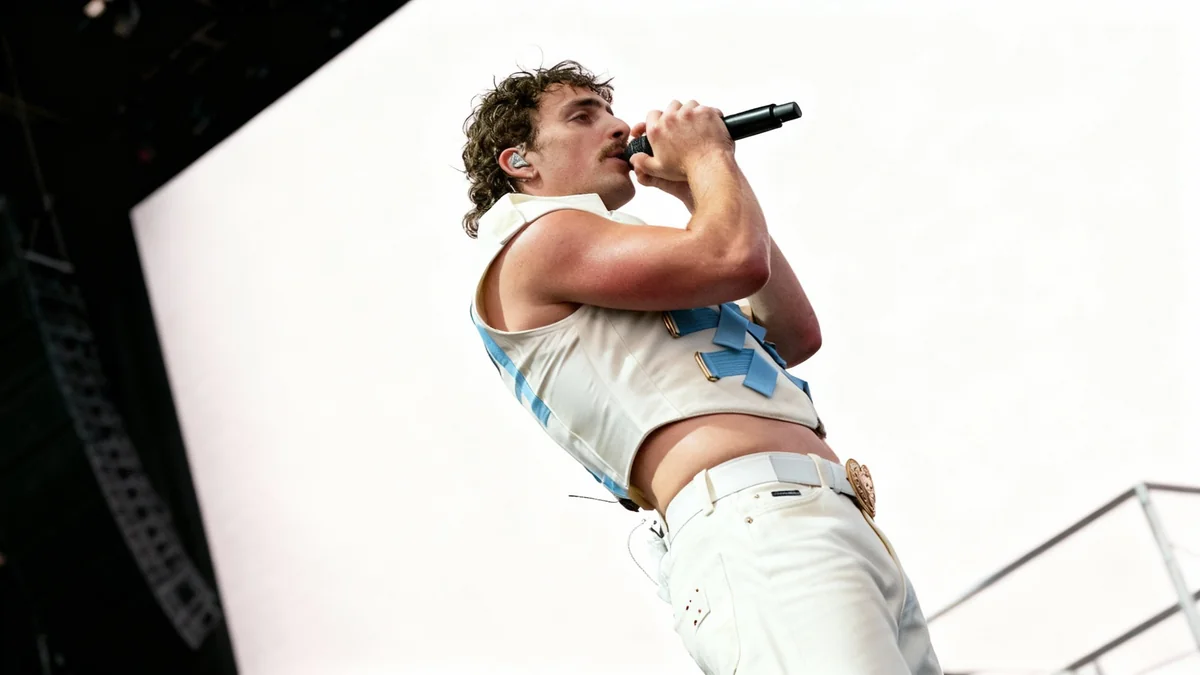Anton Corbijn, the renowned Dutch photographer and filmmaker, is celebrated for his distinctive portraits of rock legends and cultural figures. His career spans over five decades, marked by a unique approach that blends technical skill with a knack for connecting with his subjects. Corbijn, 70, is known for his moody, often black-and-white images that have defined the visual identities of bands like U2, Depeche Mode, and Joy Division. He recently received the icon award at the Abbey Road Music Photography Awards, recognizing his lasting impact on visual culture.
Key Takeaways
- Anton Corbijn is a celebrated photographer and filmmaker, known for his black-and-white portraits of music icons.
- He employs unconventional methods, including humor and calculated discomfort, to capture compelling images.
- Corbijn's career began in London with NME, leading to collaborations with major artists like U2 and Depeche Mode.
- He transitioned into filmmaking, directing critically acclaimed movies such as 'Control' and 'A Most Wanted Man'.
- Corbijn continues to photograph, with Bob Dylan on his list of desired subjects.
Early Career and Unconventional Methods
Corbijn started his career in the late 1970s as a photographer for the music weekly NME. He quickly developed a reputation for his stark, atmospheric photographs. His early work often featured a serious, cool aesthetic, aligning with the music scene of the time.
Despite his serious photographic style, Corbijn often uses humor to break the ice during shoots. He recalls a difficult session with U2 in Amsterdam where he dropped his trousers to make the band laugh. This unexpected move helped create a relaxed atmosphere, allowing him to capture more authentic images.
Corbijn believes that a certain level of discomfort can enhance a photograph. He aims for subjects to be "comfortable enough to stay," noting that a bit of unease can make a picture more interesting. His goal is not to make people look beautiful but to make them look interesting.
Fact: Bowie's Loincloth
Anton Corbijn photographed David Bowie backstage in 1980 while Bowie was performing in 'The Elephant Man' in Chicago. Corbijn had traveled on his own expense, using money intended for a cooker. The resulting images include Bowie in a loincloth, showcasing Corbijn's ability to capture unique moments.
Photographing Music Legends
Corbijn's portfolio includes a wide array of legendary musicians. He has photographed artists such as Kurt Cobain, Frank Sinatra, Joni Mitchell, Patti Smith, Nick Cave, Tom Waits, Sinead O’Connor, and Siouxsie Sioux. Many of these iconic images are featured in his recently published book, 'Anton Corbijn'.
"Bono always tells me, ‘I love your old pictures.’"
One notable story involves a shoot with The Rolling Stones. Corbijn brought a selection of witches' hats for the band to wear. Mick Jagger initially refused, stating, "I'm not wearing that." Corbijn persisted, and Jagger agreed to wear one if Charlie Watts did. Corbijn then approached Watts, who also refused. Corbijn admits to lying, telling Watts that Jagger would wear it, which convinced Watts to participate. This anecdote highlights Corbijn's resourcefulness in getting the desired shot.
He finds musicians to be excellent subjects because they often have more control over their public image. He praises artists like Johnny Rotten for their creative clothing choices and unique personal style.
Context: A Global Portfolio
In 1989, Corbijn expanded his work beyond musicians, photographing actors like Robert De Niro and Clint Eastwood, writers such as William S. Burroughs, and artists including Damien Hirst. He even captured a single, memorable portrait of Nelson Mandela.
Transition to Filmmaking
After a successful career in photography and directing music videos for artists like Nirvana and Johnny Cash, Corbijn ventured into feature films. He initially hesitated due to shyness but eventually embraced the challenge of leading a film crew of 150 people.
His directorial debut was the critically acclaimed 2007 film 'Control', a black-and-white biopic about Joy Division singer Ian Curtis. Corbijn had a deep emotional connection to the subject matter, making it a natural fit for his first feature. The film was praised for its authentic portrayal and visual style, with actor Sam Riley delivering an outstanding performance as Curtis.
Film Success: 'Control' Reception
Peter Hook, Joy Division's bassist, remarked on the film's impact at its Cannes premiere in 2007. He noted that only two people left the theater during the screening: his bandmate Bernard Sumner and a 70-year-old woman. This indicated the film's ability to hold an audience's attention.
Corbijn followed 'Control' with other stylish films, including the 2010 thriller 'The American' starring George Clooney, 'A Most Wanted Man' in 2014 with Philip Seymour Hoffman, and 'Life' in 2015, which explored the friendship between photographer Dennis Stock and James Dean.
He notes that making films in the $10 million to $20 million budget range can be challenging. Larger budget films, those above $50 million, are often easier to secure funding for. Despite these challenges, Corbijn has recently completed his first film in ten years.
Upcoming Projects and Future Aspirations
Corbijn's latest film is an adaptation of Joanna Murray-Smith’s play 'Switzerland'. The movie will not be titled 'Switzerland' to avoid associations with "cuckoo clocks" and will not be in black and white, to distinguish it from the 2024 'Ripley' series. The cast includes Helen Mirren as Patricia Highsmith, alongside Alden Ehrenreich, Olivia Cooke, and Juliet Stevenson. Corbijn praised Mirren's performance, stating, "She wore a wig and she looked so like Patricia Highsmith."
With the film set for release next year, Corbijn is now shifting his focus back to photography. He still has a list of people he wishes to photograph, with Bob Dylan at the top. He captured two frames of Dylan previously but hopes for a more extensive collaboration.
"I did two frames of Dylan but I’d like to do more. It would be a great combination, him and me."
When asked for advice for aspiring photographers, Corbijn offers a simple, direct response: "Don’t listen to any advice. And don’t go after the perfect picture. I like imperfection." This philosophy underscores his unique artistic vision and his ability to find beauty in the unconventional.
The Abbey Road Music Photography Awards, where Corbijn received his icon award, are scheduled for October 2.




